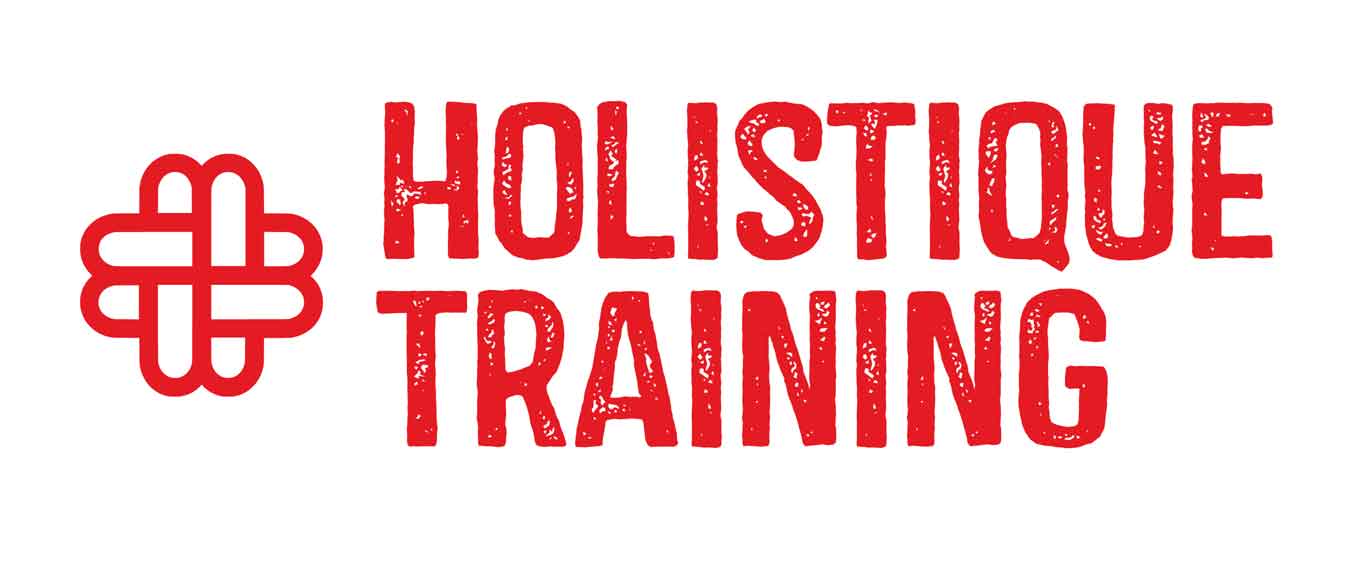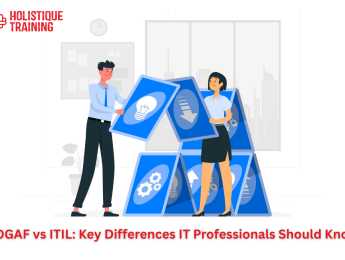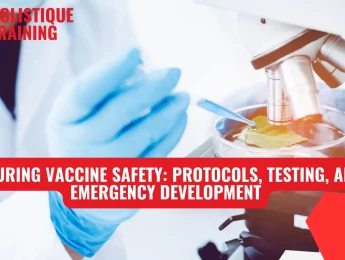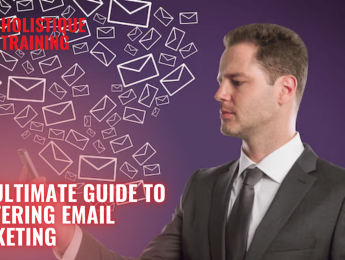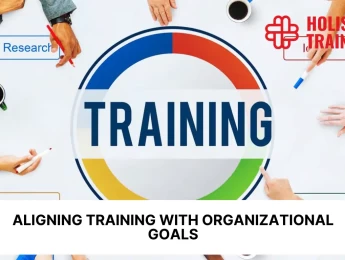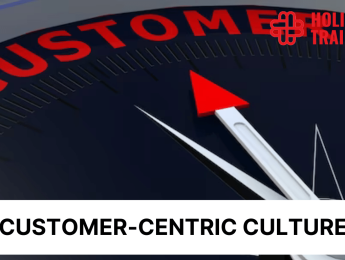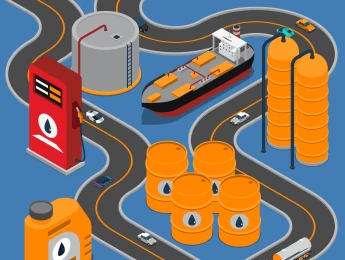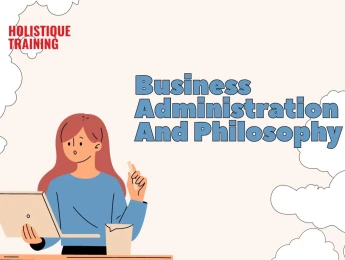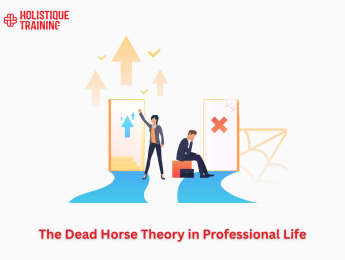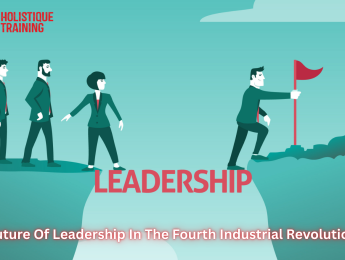- Table of Contents
- Introduction
- What is TOGAF?
- What is ITIL?
- Core Purpose and Focus Area
- TOGAF:
- ITIL:
- Framework Structure and Components
- TOGAF Structure – The ADM Cycle
- ITIL Structure – The Service Value System (SVS)
- Certifications and Learning Path
- TOGAF Certification Path
- ITIL Certification Path
- Industry Use Cases and Applications
- TOGAF Use Cases
- ITIL Use Cases
- Strengths and Limitations
- Strengths and Limitations Comparison
- Which One Should You Choose?
- For Digital Transformation Initiatives:
- For Improving IT Operations:
- For Building Enterprise Architecture Teams:
- For Managing Service Desk and Incident Response:
- For Long-Term Strategic Governance:
- For Process Improvement Without Major Overhaul:
- Conclusion
Introduction
In today’s fast-evolving digital landscape, organisations face increasing pressure to optimise both their long-term technology planning and the daily delivery of IT services. Choosing the right framework to guide these efforts can be challenging, especially with multiple internationally recognised standards available. Among the most prominent frameworks are TOGAF and ITIL, each offering distinct methodologies to address specific aspects of IT management.
Some businesses may prioritise strategic enterprise-wide architecture design, while others focus on ensuring reliable IT service delivery and operational excellence. Understanding the key differences between these frameworks is crucial for making an informed decision that aligns with an organisation’s unique goals, resources, and maturity level.
In this article, we will discuss the core concepts of TOGAF and ITIL, examine their structures, explore certification paths, highlight industry use cases, and present their respective strengths and limitations. We will also offer practical guidance to help you determine which framework—or combination of both—is best suited for your organisation.
What is TOGAF?
TOGAF, short for The Open Group Architecture Framework, is one of the world’s most widely adopted standards for enterprise architecture (EA). Originally developed by The Open Group in 1995, TOGAF provides organisations with a comprehensive framework for designing, implementing, managing, and evolving enterprise-wide IT architectures that are fully aligned with business goals.
The primary objective of TOGAF is to ensure that every technology initiative directly supports broader business strategies. It offers a structured methodology that helps organisations design scalable IT architectures while optimising resources, minimising redundancy, and reducing operational complexity.
Key aims of TOGAF include:
- Establishing architectural governance across the enterprise.
- Providing a holistic view of all technology, data, application, and business layers.
- Supporting digital transformation and innovation.
- Aligning IT investments with organisational strategy.
- Enabling agility and flexibility for long-term growth.
At the heart of TOGAF lies its Architecture Development Method (ADM), which offers a detailed, iterative approach to guide organisations through each phase of developing and maintaining enterprise architecture.
For an in-depth review of TOGAF's components, The Open Group offers extensive official resources on their website.
What is ITIL?
ITIL , which stands for Information Technology Infrastructure Library, is the globally recognised framework for IT Service Management ( ITSM ). Originally introduced in the 1980s under the UK government, ITIL has since become the de facto standard for standardising, optimising, and improving the delivery of IT services within organisations.
The latest version, ITIL 4, represents a significant evolution of the framework, addressing the complexities of modern digital businesses. Its core emphasis is on delivering business value by aligning IT services with organisational objectives while supporting agility, continual improvement, and collaboration across teams.
ITIL focuses on:
- Ensuring reliable, efficient IT service delivery.
- Reducing downtime and service disruptions.
- Establishing best-practice operational processes.
- Enabling continual service improvement through measurement and analysis.
- Enhancing customer satisfaction through service excellence.
The ITIL 4 framework revolves around the Service Value System (SVS), which integrates multiple elements of service management to create consistent and predictable value for customers.
For official resources, certifications, and further information on ITIL, visit AXELOS .
Core Purpose and Focus Area
TOGAF and ITIL serve different but complementary roles in enterprise IT management. Understanding their primary purpose helps clarify where each framework fits within an organisation’s broader IT strategy.
TOGAF:
The primary focus of TOGAF is on designing and governing enterprise architecture. It addresses how all components—applications, data, infrastructure, and business processes—are structured and integrated to support long-term business objectives. TOGAF operates at a strategic level, providing detailed governance and planning methodologies to enable scalable, future-proof IT environments.
ITIL:
In contrast, ITIL focuses on delivering and improving IT services. Its operational approach is centred on ensuring IT services are reliable, efficient, and continuously improving to meet evolving business and customer demands. ITIL is concerned with day-to-day service delivery, incident resolution, service desk operations, and managing changes to production systems.
Comparison of Core Purpose and Focus
Aspect | TOGAF | ITIL |
Primary Objective | Design and govern enterprise-wide IT architecture | Manage and improve IT service delivery |
Scope | Strategic, enterprise-level planning | Operational, service-level management |
Key Activities | Architecture development, governance, capability planning | Incident management, service desk operations, continual improvement |
Target Users | Enterprise architects, IT strategists, governance leaders | IT service managers, operations teams, support staff |
Time Horizon | Long-term strategic roadmap | Daily operations and service performance |
Framework Structure and Components
Both frameworks present highly detailed structures designed to guide their respective disciplines.
TOGAF Structure – The ADM Cycle
TOGAF’s Architecture Development Method (ADM) is its core framework, composed of multiple iterative phases:
- Preliminary Phase: Define architecture principles, governance, and readiness.
- Phase A: Architecture Vision: Establish high-level business drivers and stakeholder needs.
- Phase B: Business Architecture: Model business capabilities, processes, and organisational structures.
- Phase C: Information Systems Architecture: Design data and application architecture.
- Phase D: Technology Architecture: Develop infrastructure and platform designs.
- Phase E: Opportunities and Solutions: Identify and evaluate implementation opportunities.
- Phase F: Migration Planning: Develop step-by-step transition plans.
- Phase G: Implementation Governance: Oversee deployment activities.
- Phase H: Architecture Change Management: Continuously manage architectural evolution.
ITIL Structure – The Service Value System (SVS)
ITIL 4 is structured around the Service Value System (SVS), which consists of:
- Service Value Chain (SVC): The operational backbone that includes planning, design & transition, obtain/build, deliver & support, engage, and continual improvement.
- 34 Management Practices: Covering practices such as incident management, change enablement, continual improvement, service desk, problem management, and service level management.
- Guiding Principles: Universal recommendations such as "Focus on Value" and “Start Where You Are.”
- Governance: Oversight to ensure alignment with organisational strategy.
- Continual Improvement Model: A cyclical process driving ongoing optimisation.
Framework Structure Comparison Table
Feature | TOGAF | ITIL |
Main Focus | Enterprise Architecture | IT Service Management |
Methodology | Architecture Development Method (ADM) | Service Value System (SVS) |
Key Components | Business, Data, Application, Technology Architecture | Service Value Chain, Management Practices, Continual Improvement |
Orientation | Strategic, Long-Term Planning | Operational, Continuous Service Delivery |
Governance | Architecture Governance Framework | IT Service Governance |
Certifications and Learning Path
Both TOGAF and ITIL offer structured, internationally recognised certification schemes designed to build professional competence and validate expertise across different stages of an IT professional’s career. These certifications are not only valuable for career progression but are also often required by employers seeking individuals capable of leading large-scale IT initiatives or managing critical service operations.
TOGAF Certification Path
TOGAF certifications are governed by The Open Group and are highly regarded for professionals involved in enterprise architecture, strategic IT planning, and digital transformation leadership. The certification pathway is progressive, allowing individuals to build foundational knowledge before moving on to more advanced, applied capabilities.
TOGAF Foundation (Level 1):
This is the entry-level certification that introduces candidates to the core concepts of enterprise architecture, the structure of the Architecture Development Method (ADM), and TOGAF’s terminology. It establishes a solid theoretical understanding of how TOGAF structures enterprise architecture planning.
TOGAF Certified (Level 2):
At this stage, candidates are required to demonstrate their ability to apply the ADM and other TOGAF techniques in real-world scenarios. This certification validates not just theoretical knowledge but also practical skills in architectural governance, stakeholder management, and designing enterprise solutions.
TOGAF Enterprise Architecture Practitioner (Advanced):
This advanced certification is designed for experienced enterprise architects who lead digital transformation efforts. It focuses on strategic planning, business capability mapping, complex system integration, governance frameworks, and aligning IT strategy with evolving business models.
These certifications are ideal for roles such as enterprise architects, solution architects, digital transformation consultants, and senior IT planners who are responsible for designing and overseeing large, integrated IT environments.
ITIL Certification Path
ITIL certifications, managed by AXELOS, are the industry benchmark for IT Service Management (ITSM) professionals. The ITIL 4 certification scheme has been restructured to reflect the complexities of modern service ecosystems, incorporating agile practices, value co-creation, and cross-functional collaboration.
ITIL 4 Foundation:
This introductory certification covers the core principles of IT Service Management, the Service Value System (SVS), the Service Value Chain, and ITIL’s guiding principles. It is ideal for anyone starting their ITIL journey, from IT support staff to service managers and executives seeking foundational knowledge.
ITIL Managing Professional (MP):
Targeted at IT operations managers, service desk leaders, and process owners, this certification deep-dives into the practical aspects of ITSM, including incident management, service desk operations, change enablement, problem management, and continual service improvement.
ITIL Strategic Leader (SL):
Aimed at IT directors, CIOs, and business leaders, this stream addresses how IT service management contributes to overall business strategy. It focuses on digital leadership, governance, organisational change, and integrating ITSM with wider business objectives.
ITIL Master:
The highest level of ITIL certification, this credential demonstrates mastery across multiple ITSM disciplines by requiring candidates to demonstrate their practical experience in applying ITIL concepts in complex, high-impact organisational scenarios. It is intended for seasoned professionals who have led substantial ITSM transformations.
Together, these certifications form a comprehensive learning path that supports both technical specialists and strategic leaders in their respective areas of IT service management.
Certifications Comparison Table
Certification Level | TOGAF | ITIL |
Entry Level | Foundation (Level 1) | ITIL 4 Foundation |
Intermediate | Certified (Level 2) | Managing Professional (MP) |
Advanced | Enterprise Practitioner | Strategic Leader / Master |
Career Focus | Enterprise Architecture, Digital Strategy | IT Service Management, Operations |
Industry Use Cases and Applications
Both frameworks serve organisations across numerous industries but often address different priorities.
TOGAF Use Cases
- Digital Transformation Programmes: Providing structured architecture during cloud migration or system consolidation.
- Mergers & Acquisitions: Unifying diverse IT environments and systems.
- Regulated Industries: Ensuring strict architectural governance and compliance.
- Public Sector: Coordinating technology planning across complex bureaucracies.
ITIL Use Cases
- IT Operations Management: Streamlining service desk operations, incident response, and SLA compliance.
- Hybrid & Remote Work Environments: Managing IT services across distributed teams.
- Customer-Facing IT Services: Enhancing user satisfaction through reliable service delivery.
- Managed Service Providers (MSPs): Standardising IT service offerings to diverse clients.
In many enterprise environments, TOGAF provides the architectural foundation while ITIL governs ongoing IT service delivery.
Strengths and Limitations
When evaluating whether to adopt TOGAF or ITIL, it is essential not only to understand what each framework offers but also to appreciate their respective strengths and limitations within different organisational contexts. Both frameworks are globally recognised and have been successfully applied across industries, but their effectiveness depends greatly on the nature, size, maturity, and objectives of the organisation implementing them.
TOGAF excels in situations where organisations require a strategic, enterprise-wide approach to structuring and governing complex IT landscapes. Its comprehensive methodology provides a clear blueprint for aligning technology with long-term business objectives, fostering architectural coherence, scalability, and governance discipline. For large enterprises managing diverse systems across multiple business units, TOGAF serves as a powerful tool for avoiding duplication, reducing costs, and ensuring consistency.
However, the same breadth that makes TOGAF powerful can also introduce complexity. Smaller organisations, or those without dedicated enterprise architecture teams, may find the framework overwhelming. The steep learning curve, extensive documentation, and the need for substantial upfront planning can become barriers for organisations that are more operationally focused or resource-constrained.
In contrast, ITIL shines in environments where the immediate focus is on delivering reliable, efficient, and continually improving IT services. Its practical, process-oriented structure is particularly well-suited for day-to-day service desk operations, incident resolution, change management, and overall service stability. ITIL’s widespread adoption means that it offers a rich ecosystem of certified professionals, training providers, and tool integrations that simplify implementation.
Yet, ITIL is not without its limitations. Its primary emphasis on service operations means it does not address enterprise-wide architecture or long-term strategic IT planning. Furthermore, if implemented too rigidly, ITIL can sometimes result in excessive bureaucracy, with processes becoming cumbersome rather than enabling. Successful ITIL implementation requires cultural alignment, leadership support, and careful tailoring to organisational realities to avoid becoming process-heavy.
In practice, many organisations benefit from integrating both frameworks: TOGAF for architectural governance and long-term planning, and ITIL for the operational management of IT services.
Strengths and Limitations Comparison
Aspect | TOGAF | ITIL |
Scope | Enterprise-wide architecture | IT service operations |
Primary Strengths | Comprehensive enterprise-wide scope; strong governance structure; aligns IT investments with business outcomes; provides long-term strategic roadmap | Widely adopted; highly practical for daily IT operations; promotes continual improvement; broad certification and training availability |
Primary Limitations | Complexity for smaller organisations; requires significant enterprise architecture expertise; heavy upfront planning demands | Focused only on operations, not architecture; can become bureaucratic if over-implemented; requires strong organisational buy-in |
Ideal Use Cases | Long-term enterprise transformation; mergers and acquisitions; cloud adoption strategy; highly regulated industries | Daily IT service management; incident resolution; SLA management; managed service providers; hybrid work environments |
Best Suited For | Enterprise architects, digital transformation leaders, IT strategists | IT service managers, operations leaders, service desk professionals |
Which One Should You Choose?
For Digital Transformation Initiatives:
If your organisation is undergoing a large-scale digital transformation, cloud migration, or enterprise-wide restructuring, TOGAF’s architectural governance provides the necessary foundation for long-term scalability and alignment.
For Improving IT Operations:
If your focus is on enhancing daily IT operations, ensuring reliable service delivery, and improving customer satisfaction, ITIL offers a comprehensive framework for achieving operational excellence.
For Building Enterprise Architecture Teams:
If you are developing or strengthening your enterprise architecture capability, TOGAF equips architects with structured methodologies and governance models to manage complex IT environments.
For Managing Service Desk and Incident Response:
If your priority is efficient service desk operations, rapid incident resolution, and service request management, ITIL delivers detailed processes and best practices.
For Long-Term Strategic Governance:
If your leadership team requires a structured approach to long-term IT planning with strong governance oversight, TOGAF is better suited.
For Process Improvement Without Major Overhaul:
If you want to improve IT service quality within an existing operational structure, ITIL allows incremental, measurable improvements without full architectural redesign.
Conclusion
TOGAF and ITIL are not competing frameworks; rather, they serve complementary roles within the modern enterprise. TOGAF provides the architectural vision, ensuring that IT systems are strategically aligned with business objectives and capable of supporting growth. ITIL governs the operational execution, ensuring that IT services are delivered consistently, efficiently, and with continual improvement.
For many organisations, the most effective approach is not choosing between TOGAF and ITIL, but rather integrating both. This allows organisations to benefit from TOGAF’s long-term strategic clarity while ensuring operational excellence through ITIL’s service management discipline.
By understanding the key differences, structures, and applications of TOGAF and ITIL, organisations can build resilient, future-ready IT capabilities that deliver true business value.
Don't forget to subscribe to our newsletter for more in-depth insights on IT frameworks, certifications, and best practices. Stay informed, stay competitive, and transform your career and organisation with expert knowledge!
